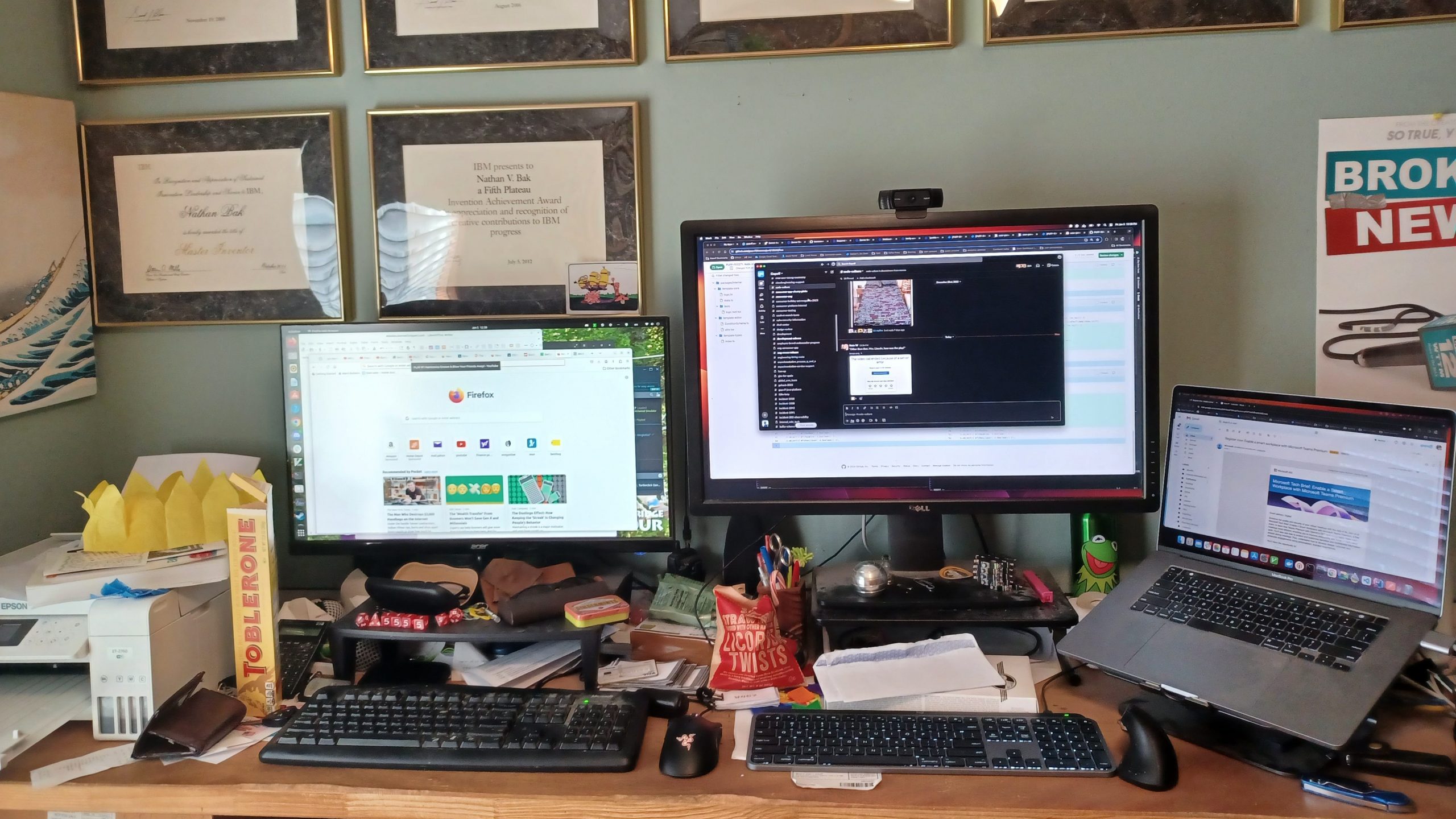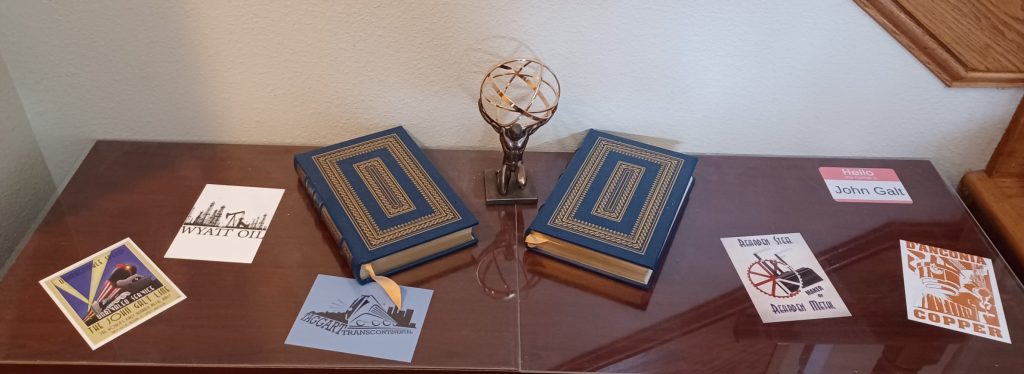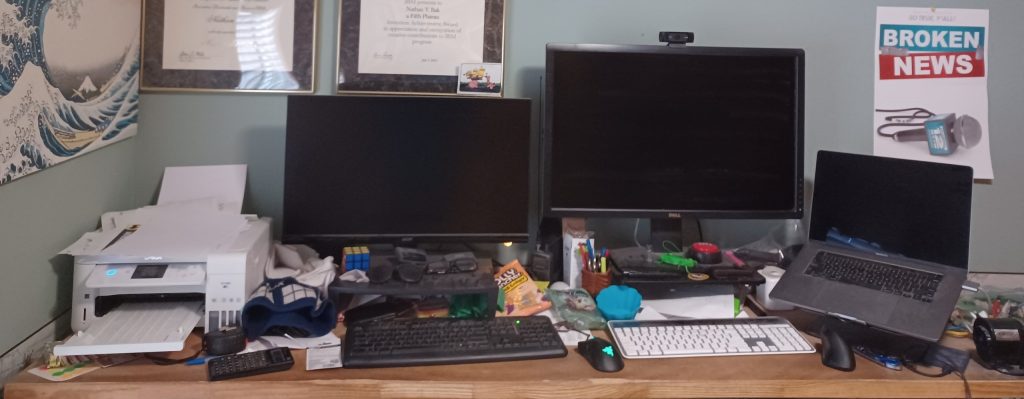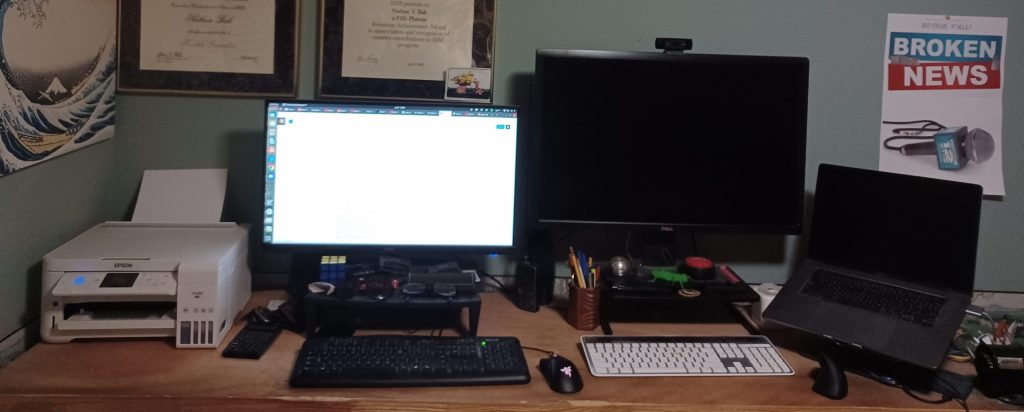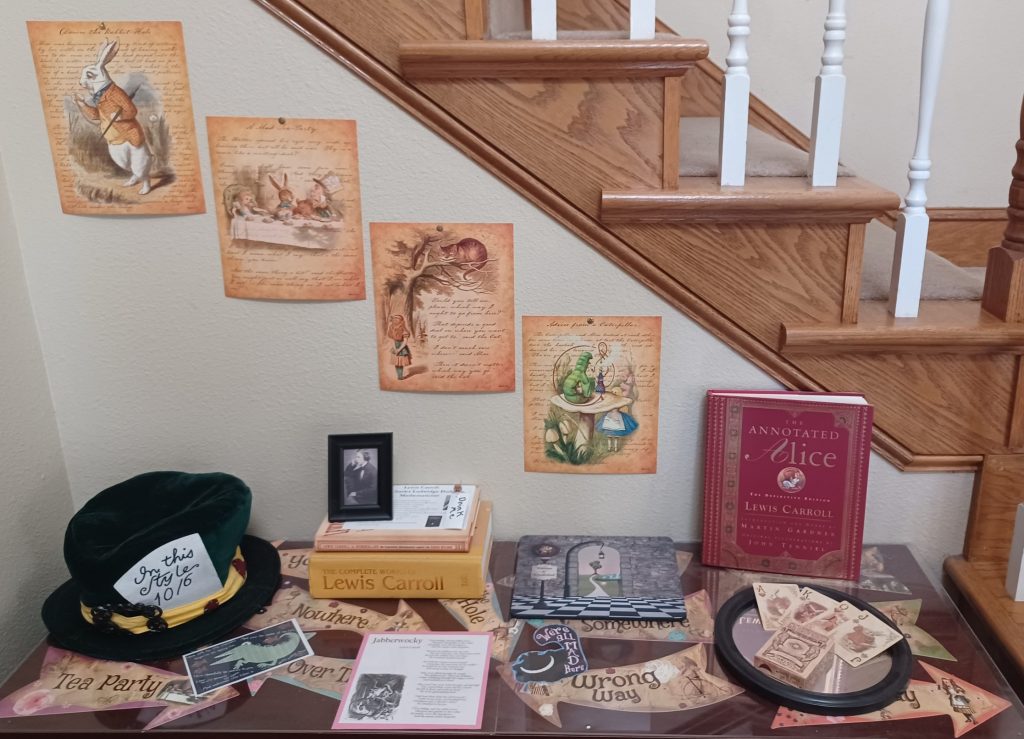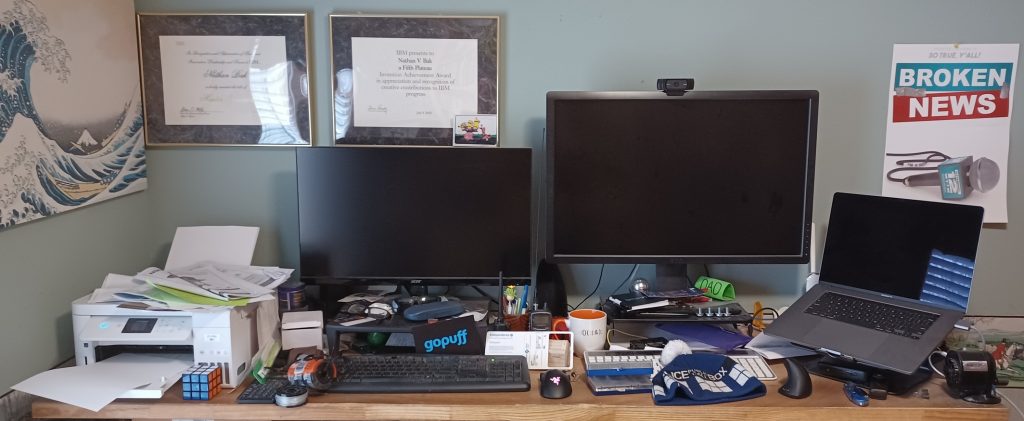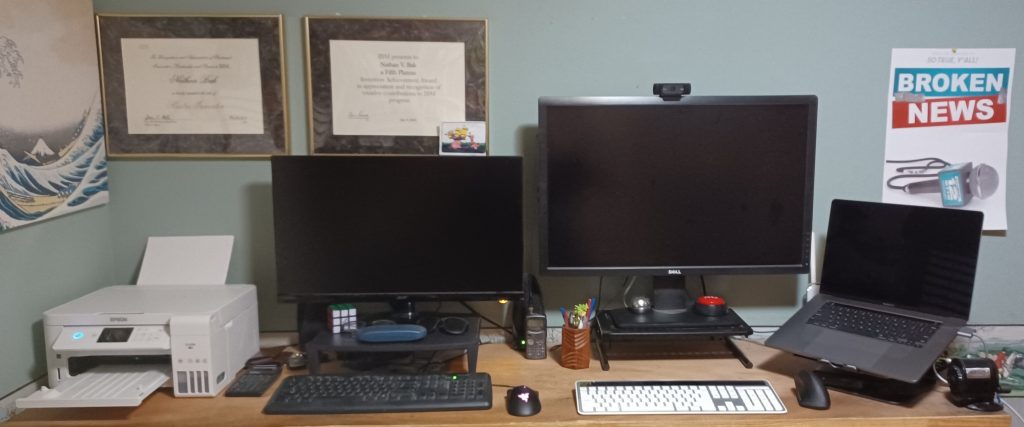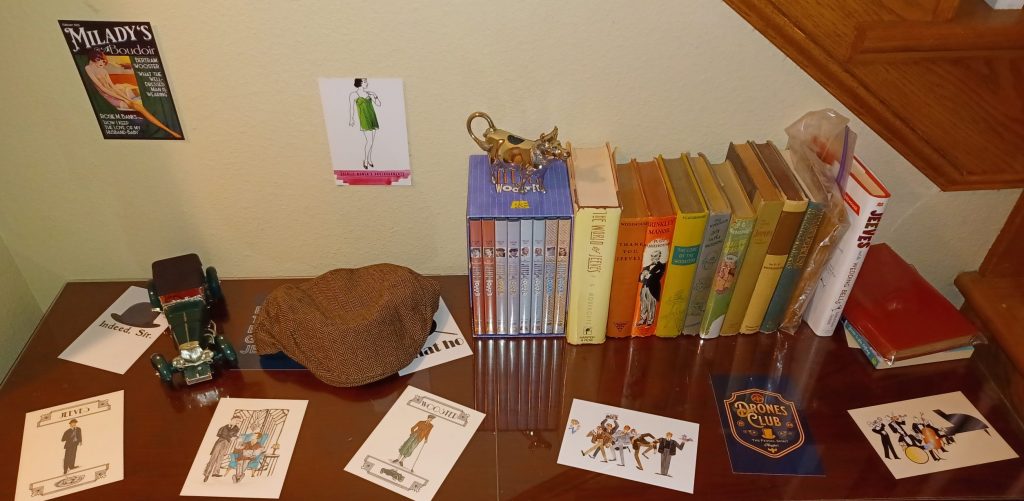
P. G. Wodehouse has long been an appreciated author in my home and in particular his Jeeves and Wooster books (and also the television series based on those characters and their adventures). The various Wooster-ish hi-jinks are always amusing and the superhero Jeeves savings the day is always satisfying.
Some years ago, I started purchasing early editions of Jeeves and Wooster books as presents for my Wife. I originally tried first editions, but found those, for the most part, to be prohibitively expansive and difficult to obtain (although I have found a couple including a first edition of the Italian translation of The Inimitable Jeeves). So we now have a mismatched but memorable collection.
Most recently, for our Silver Anniversary, I purchased a silver cow creamer (although it’s Modern Dutch which was hundreds of dollars cheaper than some silver cow creamers). I also purchased a first edition (but probably not first printing) of Jeeves in the Offing. And since I knew my Wife and I would both want to read it while lounging in bed or eating snacks, I also purchased a cheap, used paperback of Jeeves in the Offing.
As I find myself reading more ebooks, I sometimes am annoyed when reading a “real” book and realize that I can’t just tap a word I don’t know to get a definition or when I accidentally crease a page. Also, in a house already full of full bookshelves, digital storage of hundreds of books is certainly space-efficient. But still, I enjoy the tangible aspects of flipping through the pages of a book and somehow find the pace more relaxing. In addition, I quite enjoy the smell of new books and also the smell of old books.
And when the tangible book is associated with a memory of a person or experience or event, that makes the book extra special. Each of the “old” books in our Jeeves and Wooster collection was carefully researched online and thoughtfully purchased. Each book also contains quotes that are now verbalized in public while being shared as a private joke. While the words in each book may be available in a variety of formats, the books themselves now represent something more.
Do books matter? Yes! At least some do. Our Jeeves and Wooster books matter. I may thoroughly enjoy zipping through a dozen ebooks purchased as a bundle and appreciate the stories and literary value and other aspects, but don’t think I’ll become as connected as I do to actual books. And if I ever do feel *that* strongly about an ebook, I’d almost certainly purchase a physical copy–a first edition if I could afford it.

